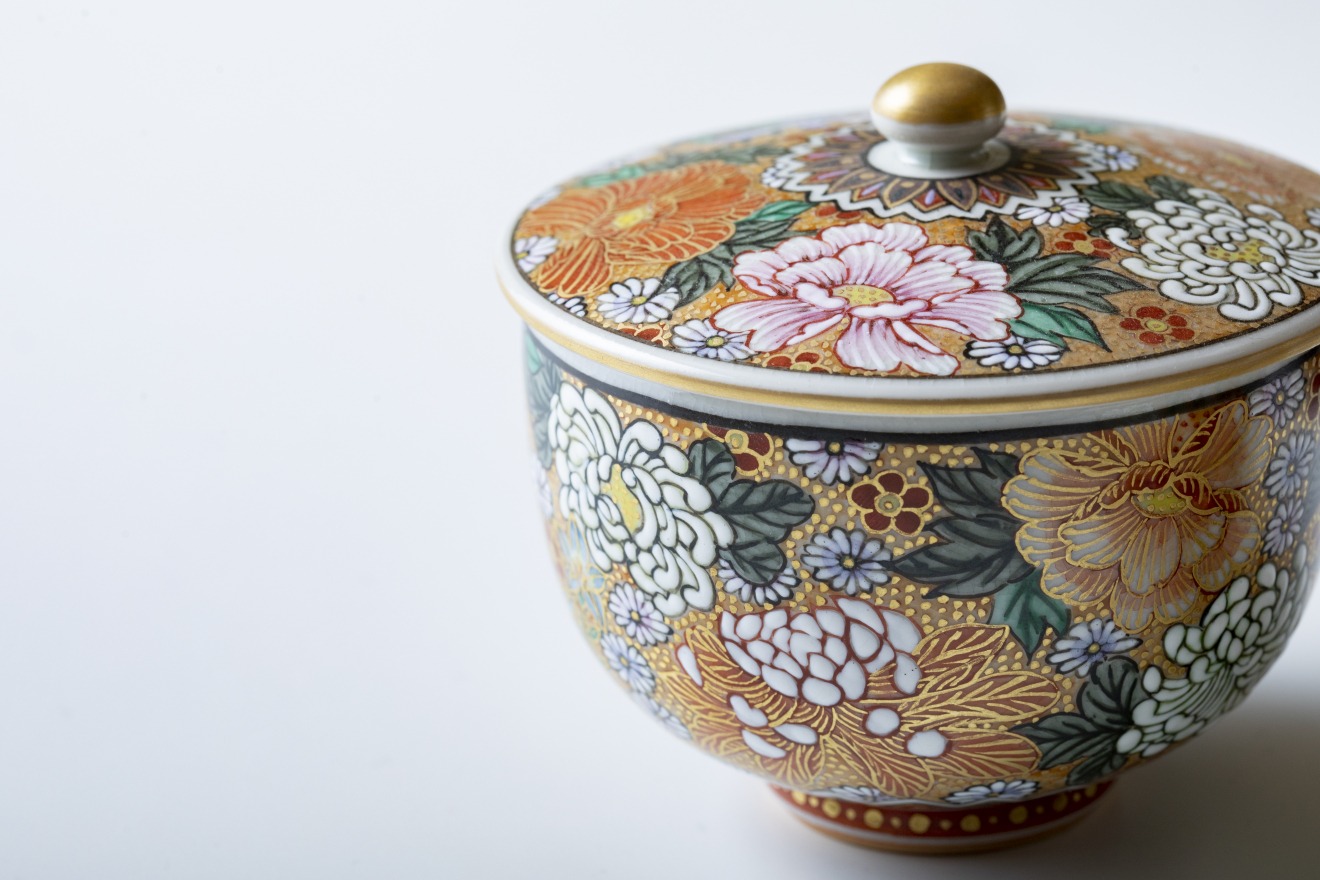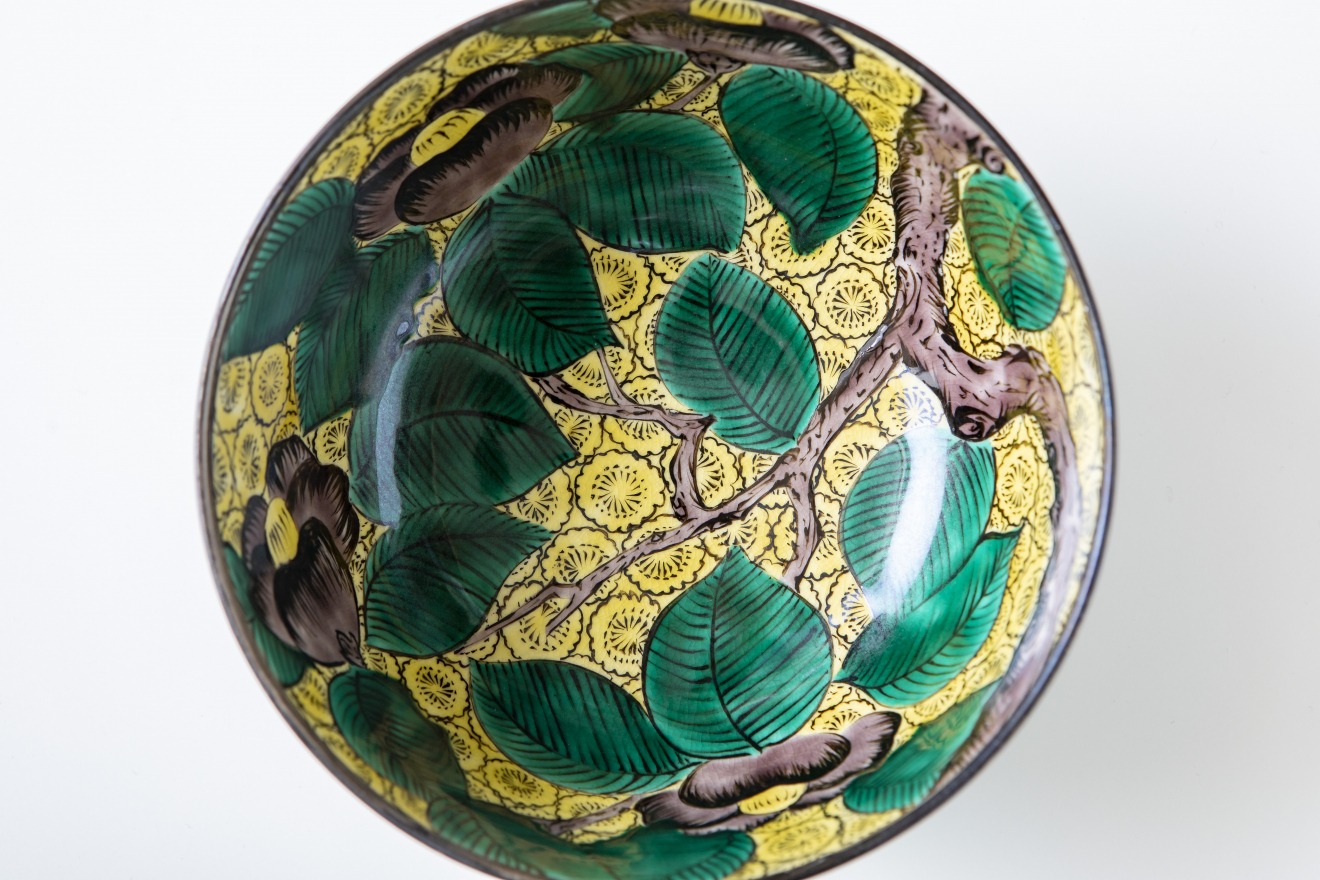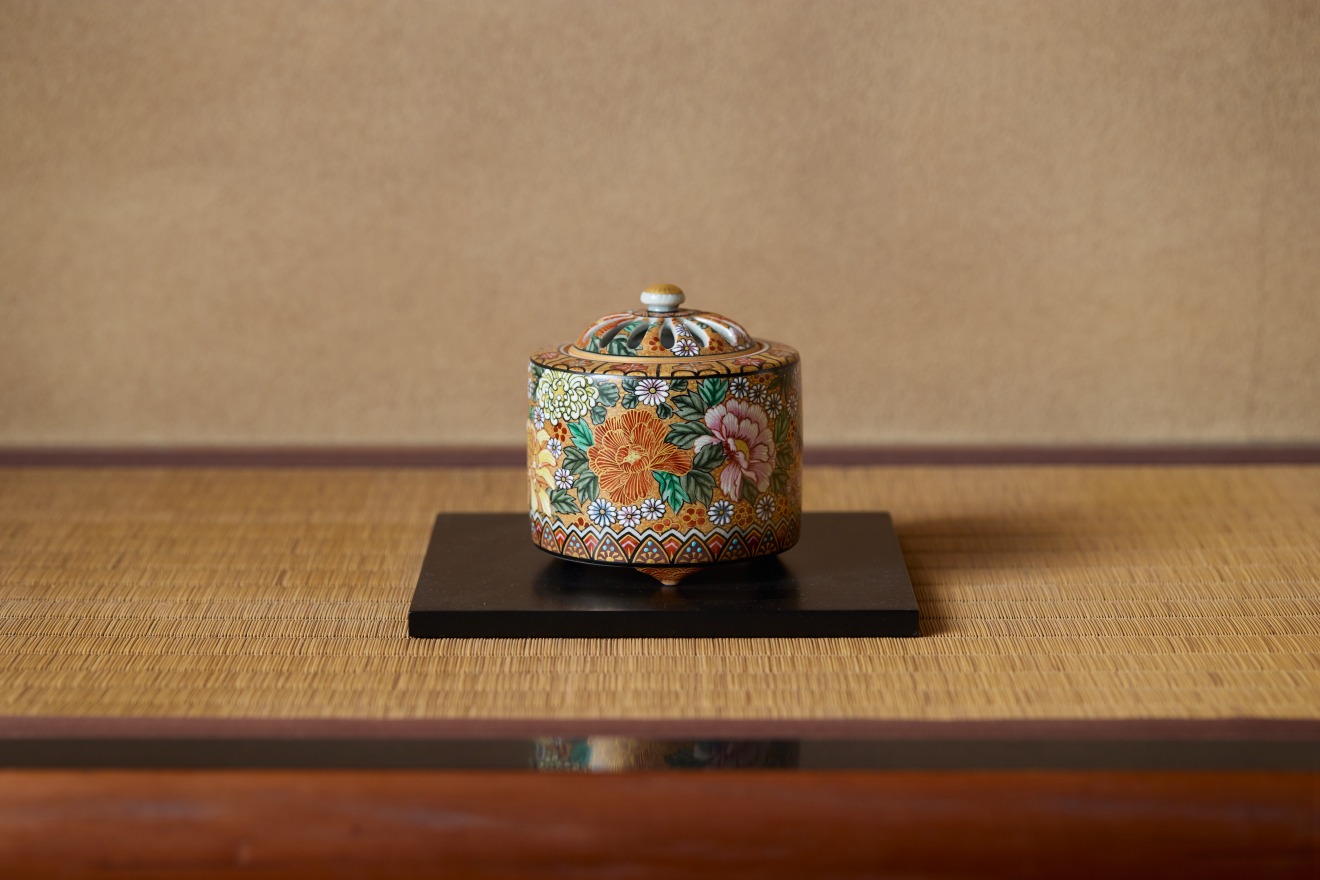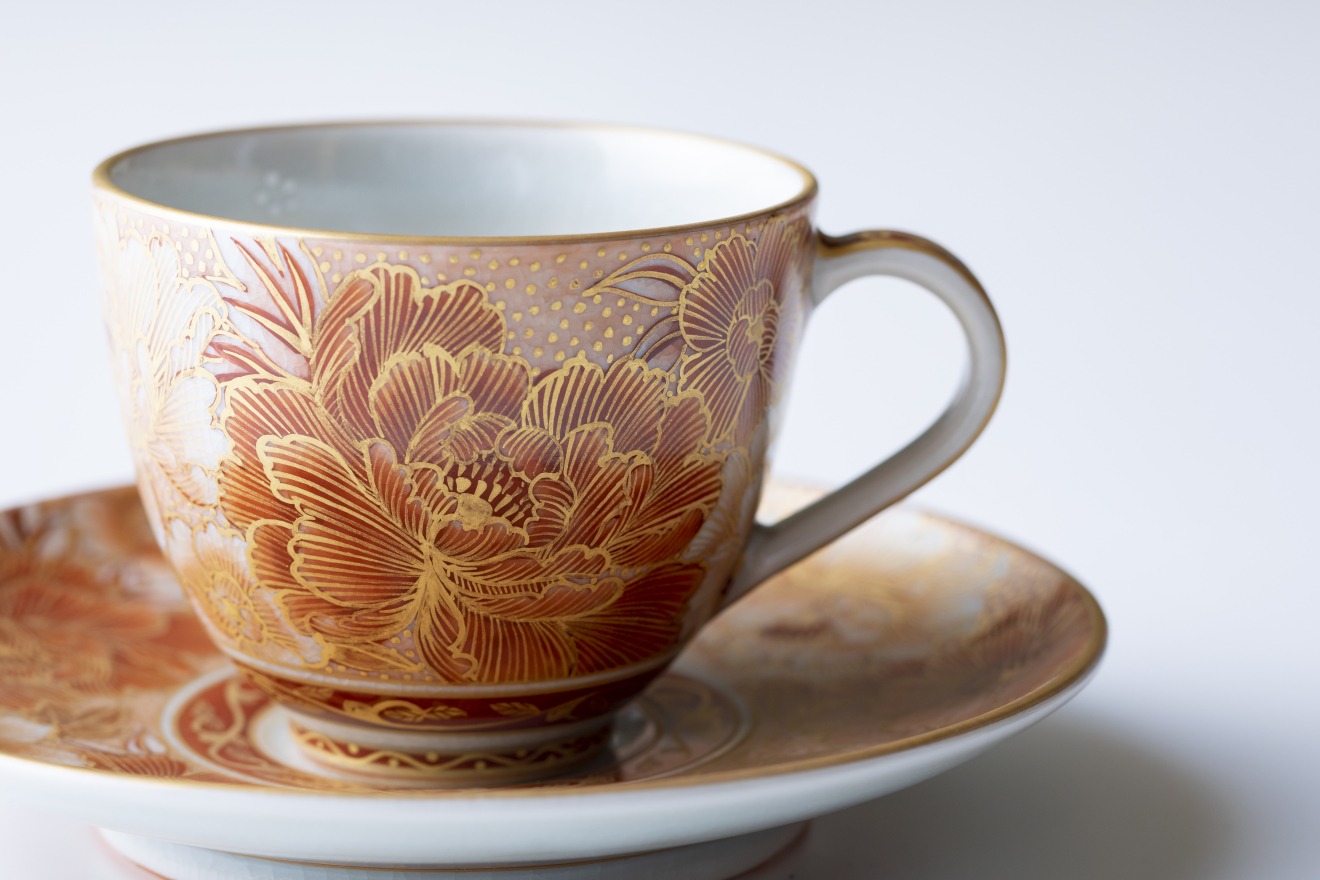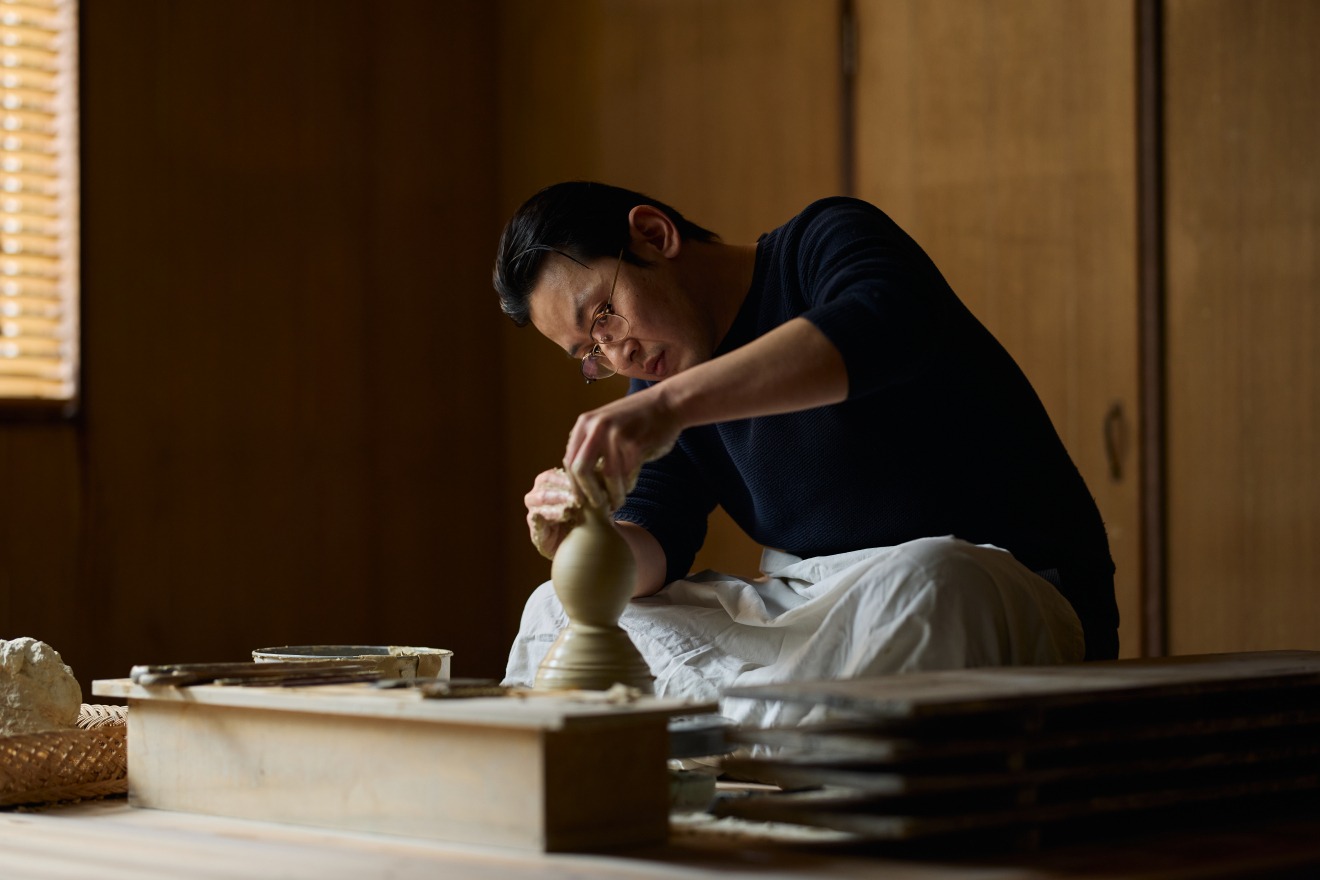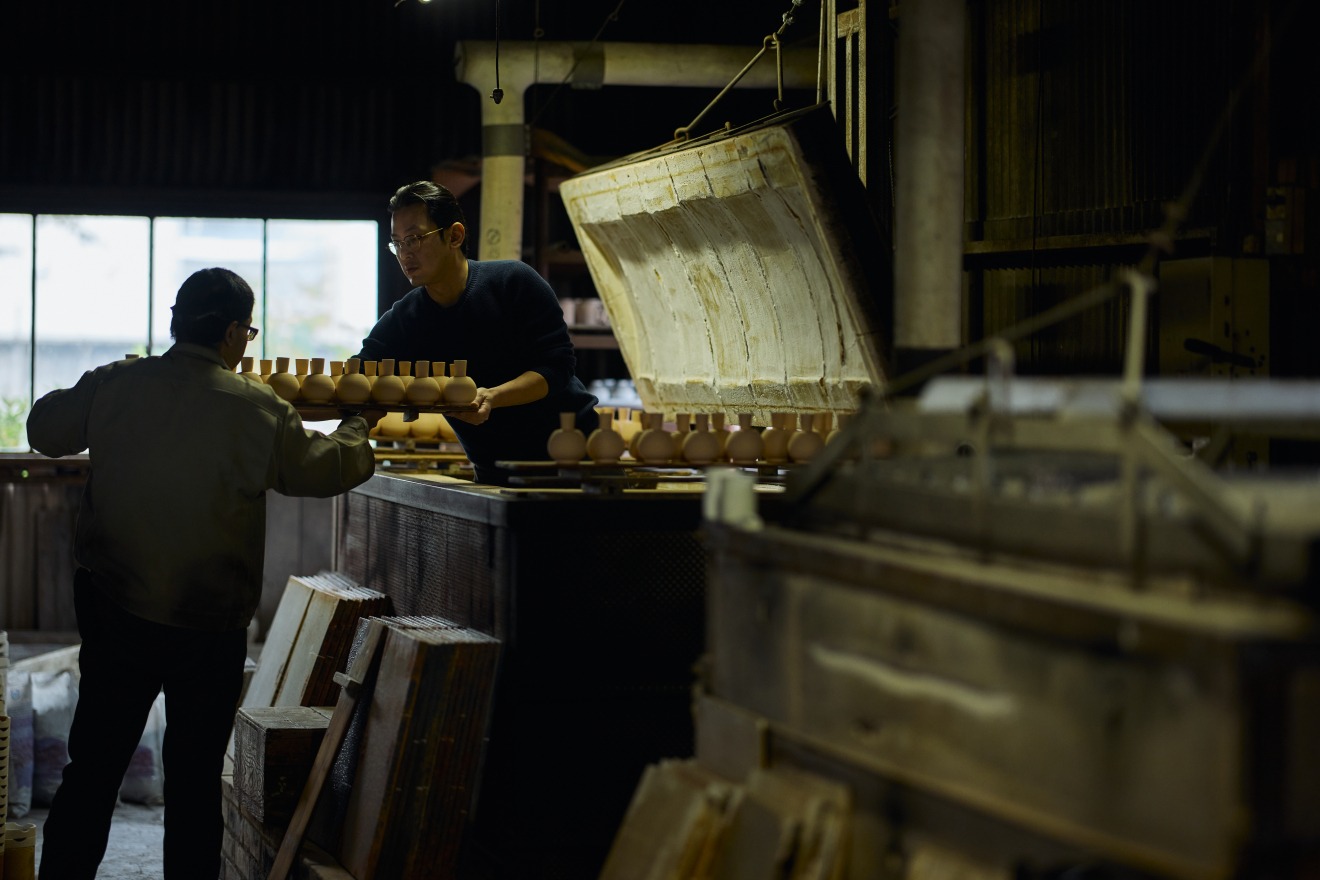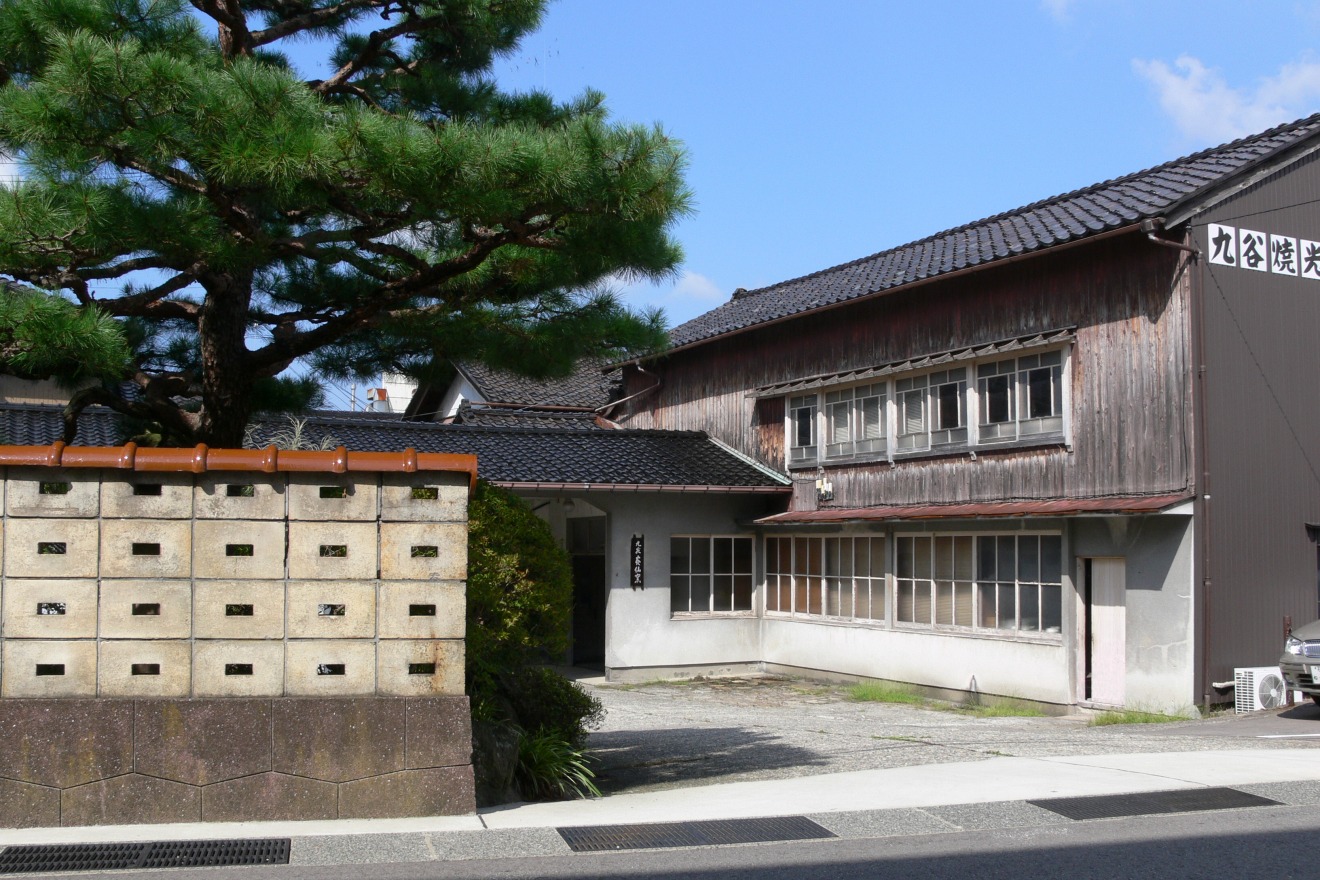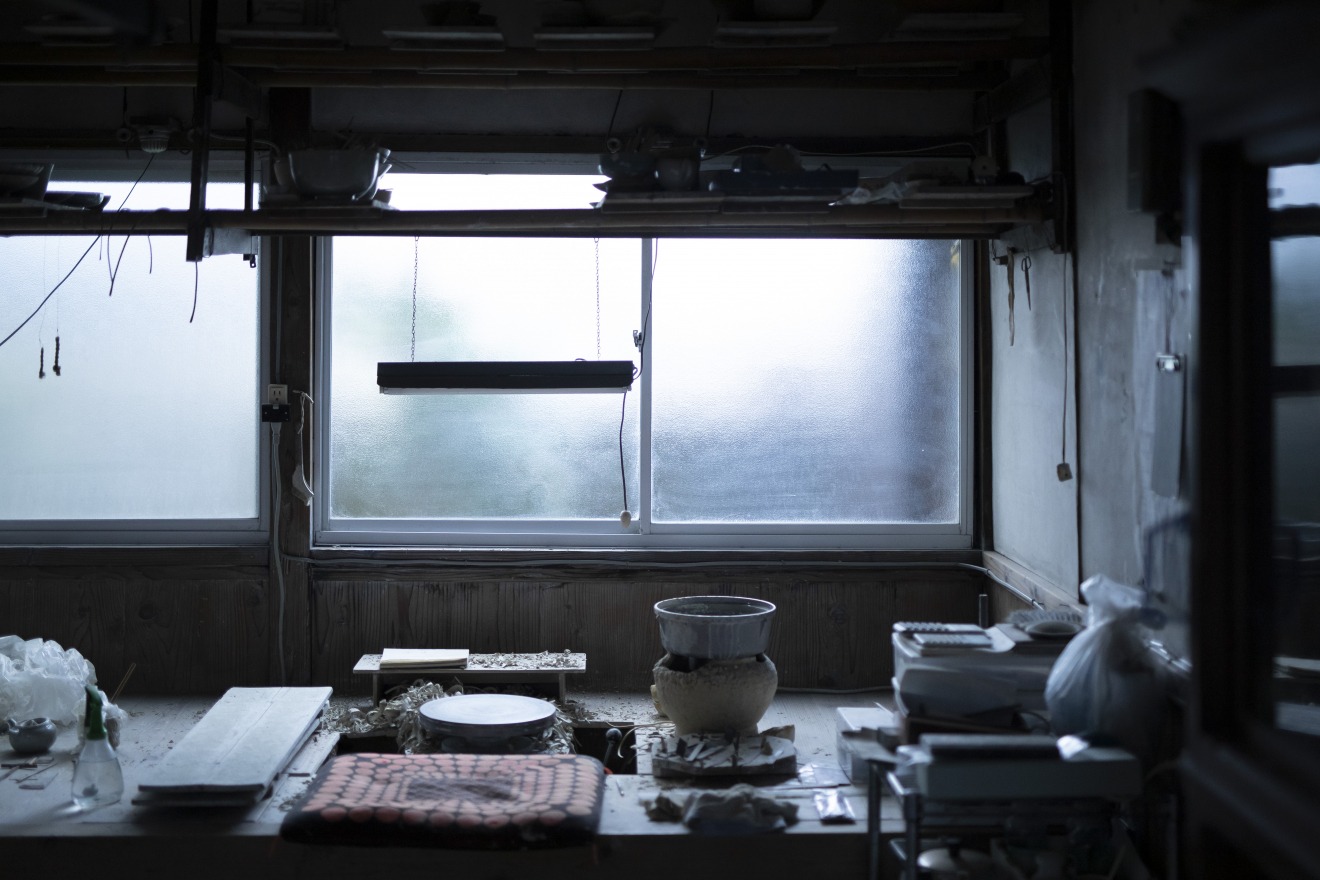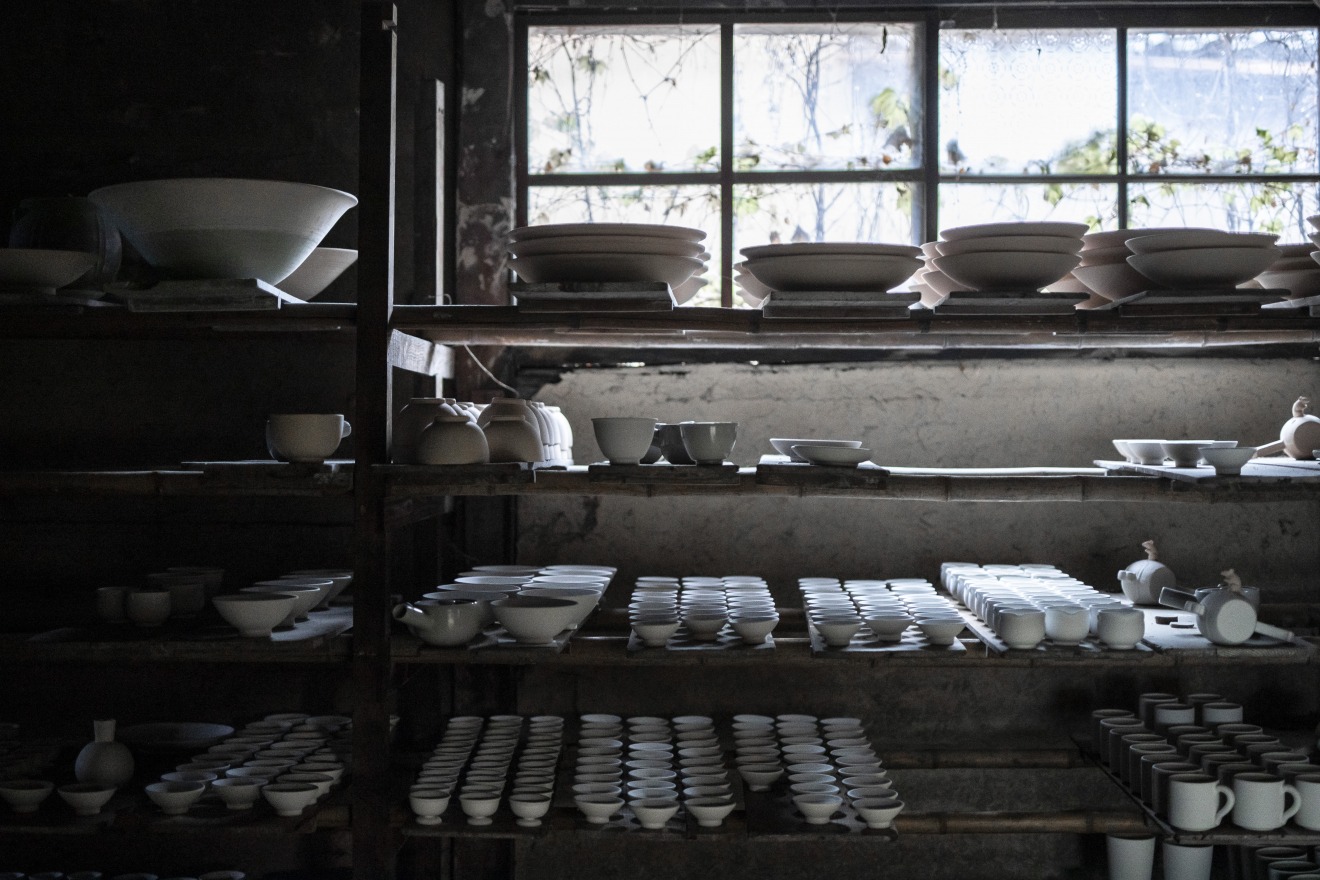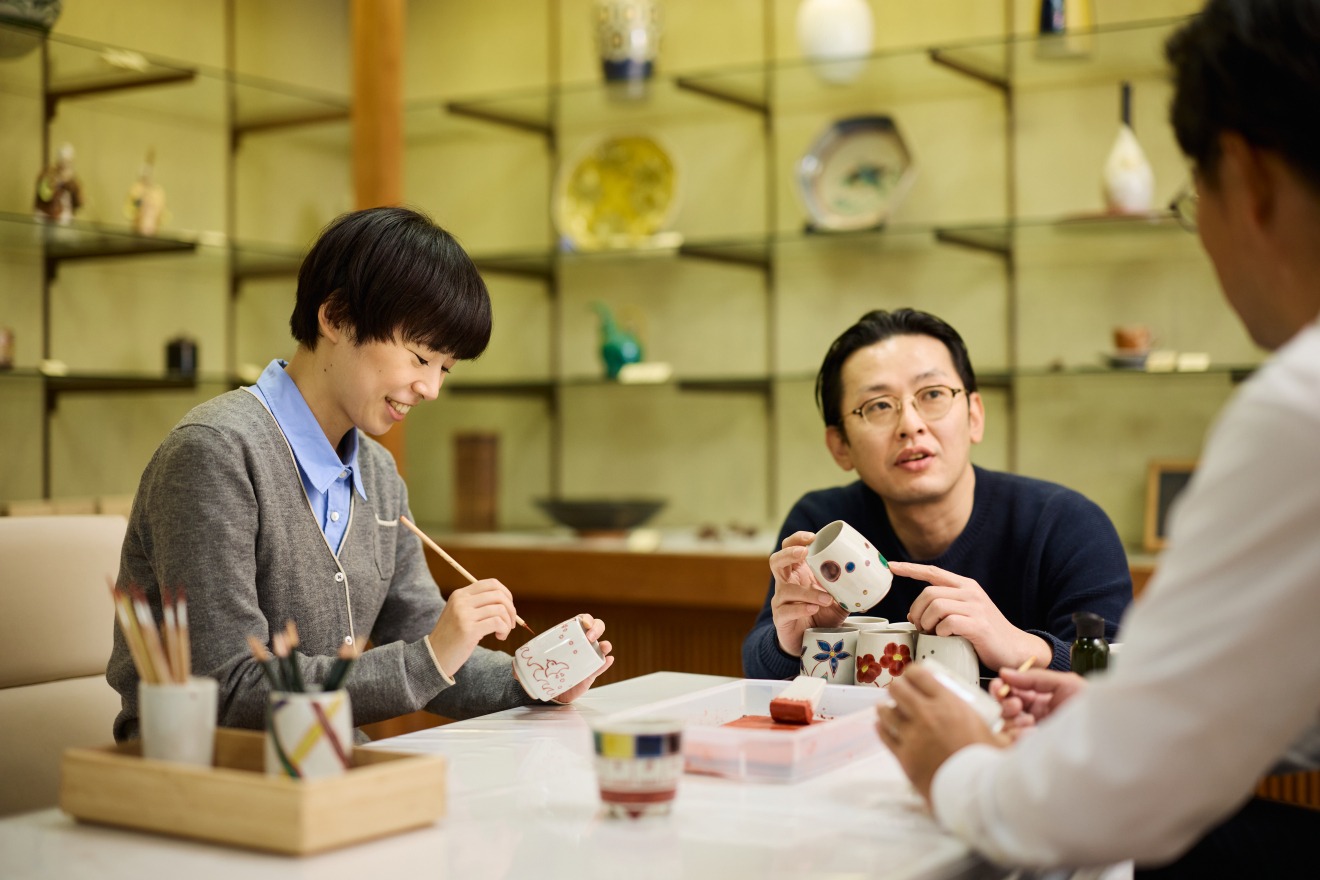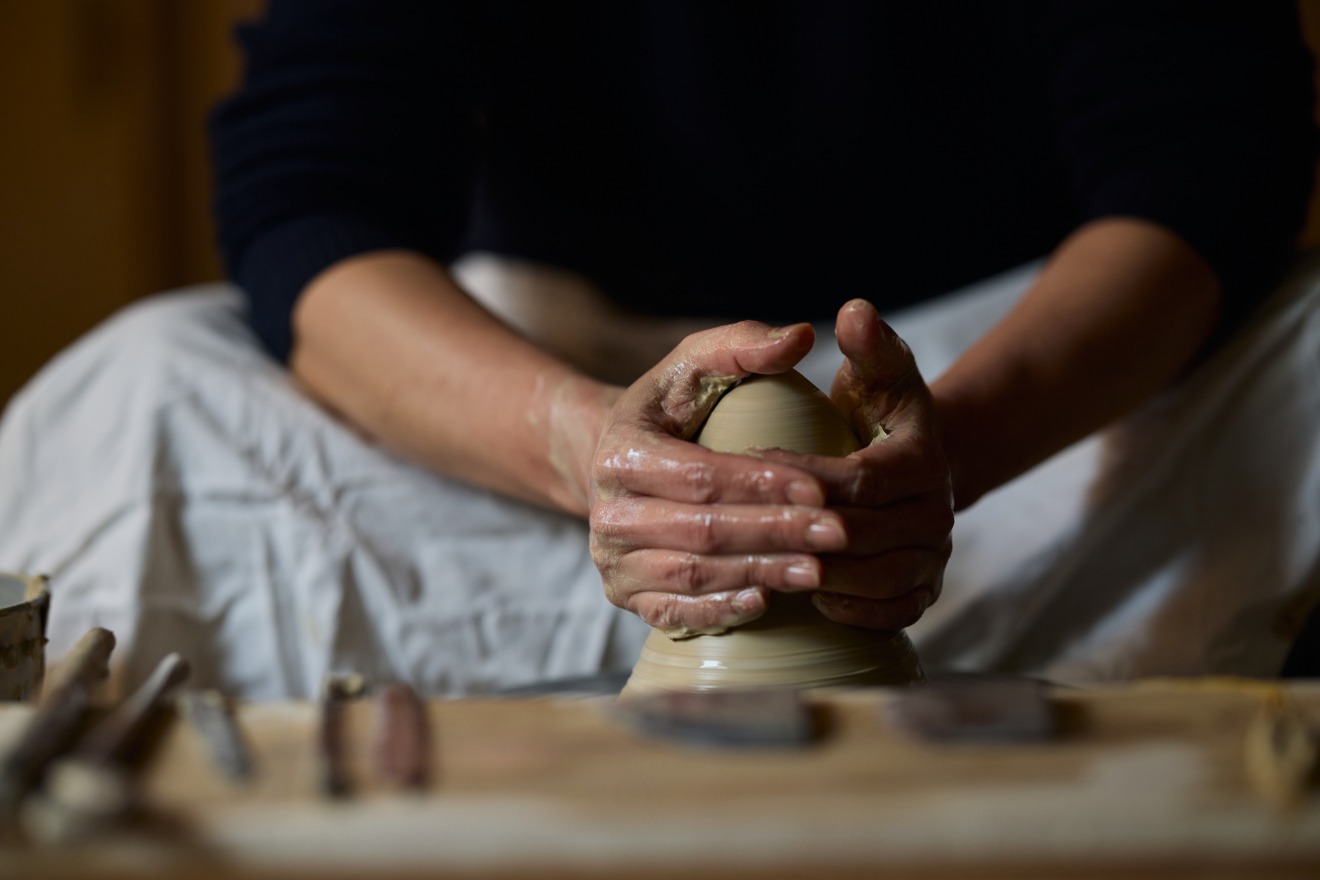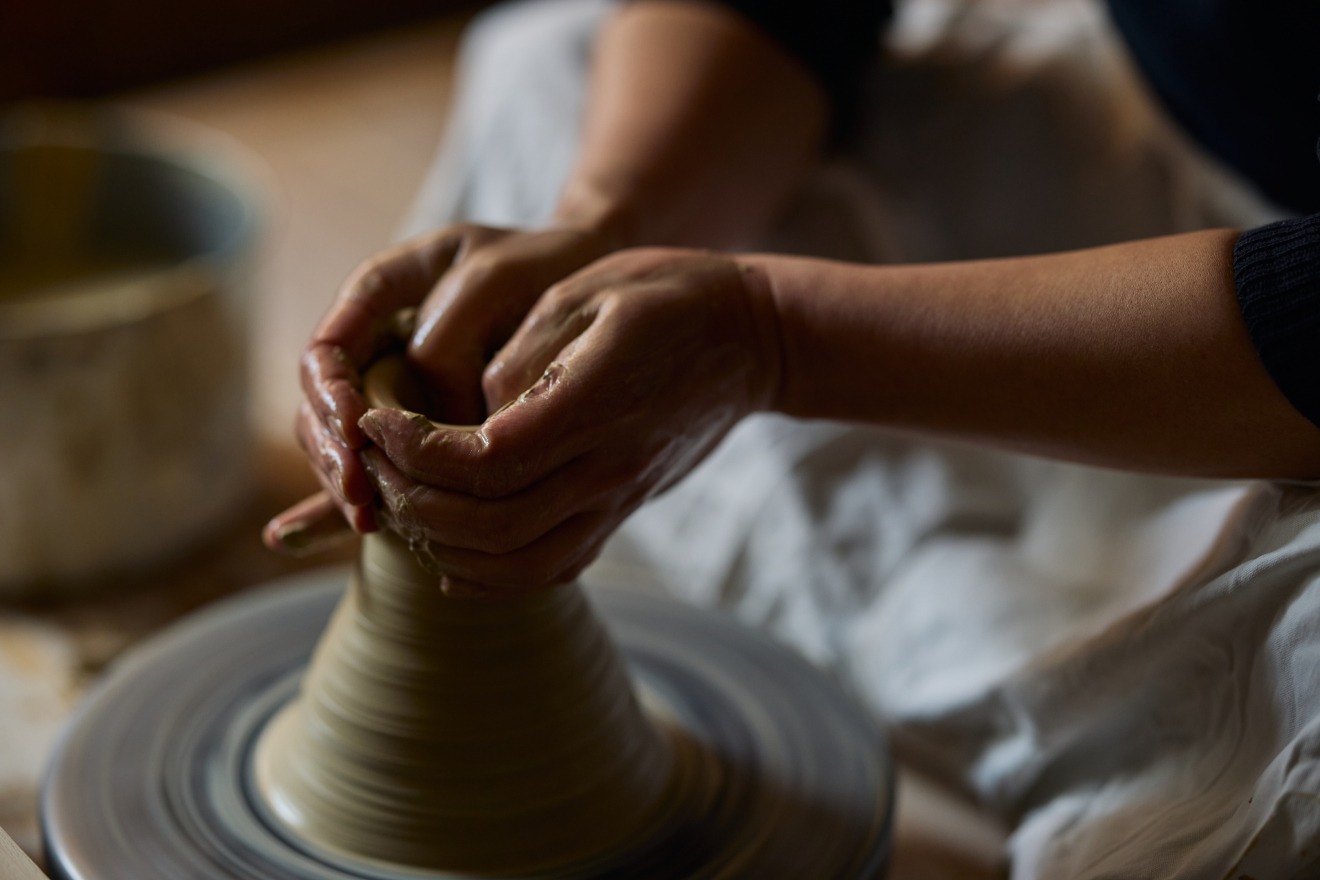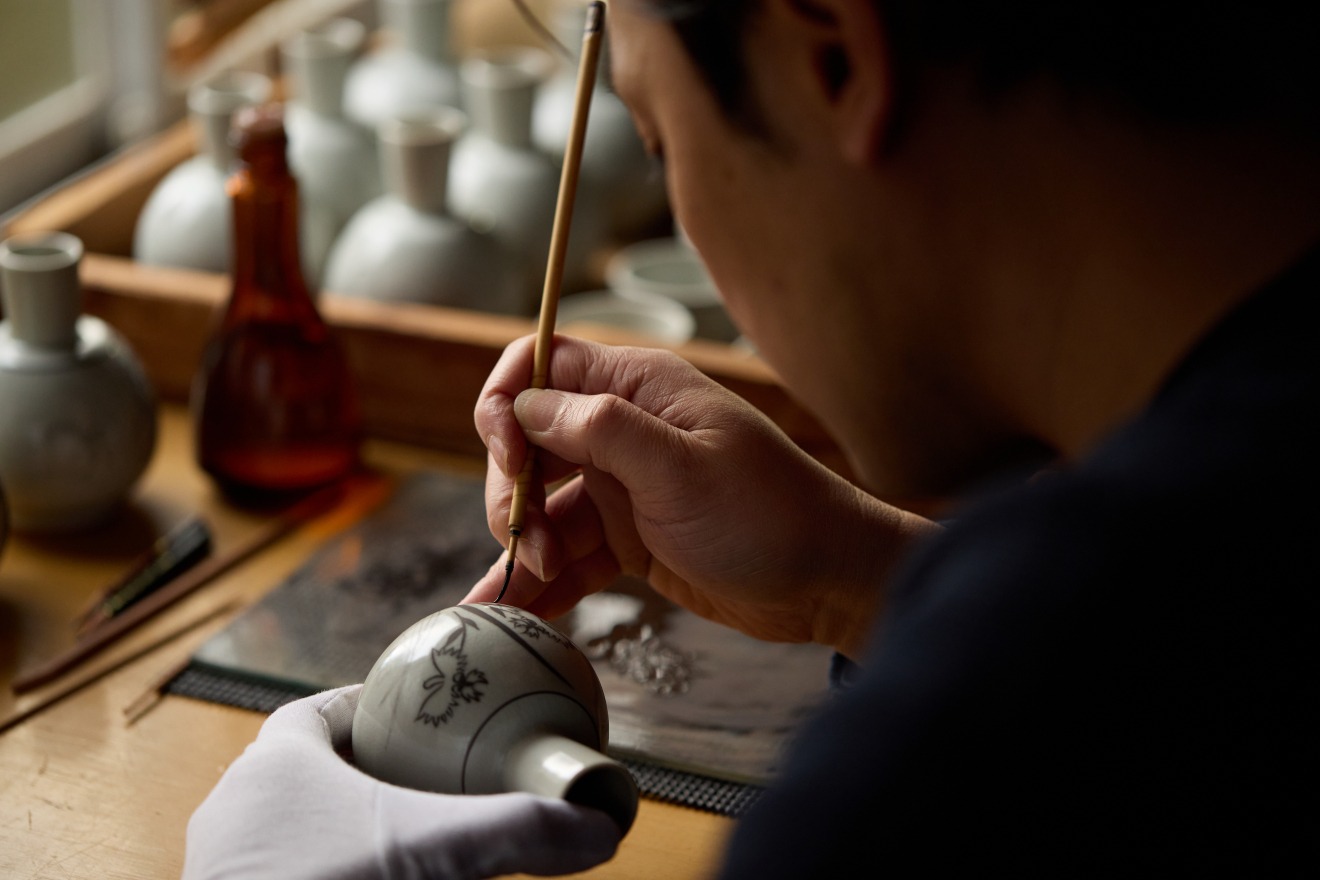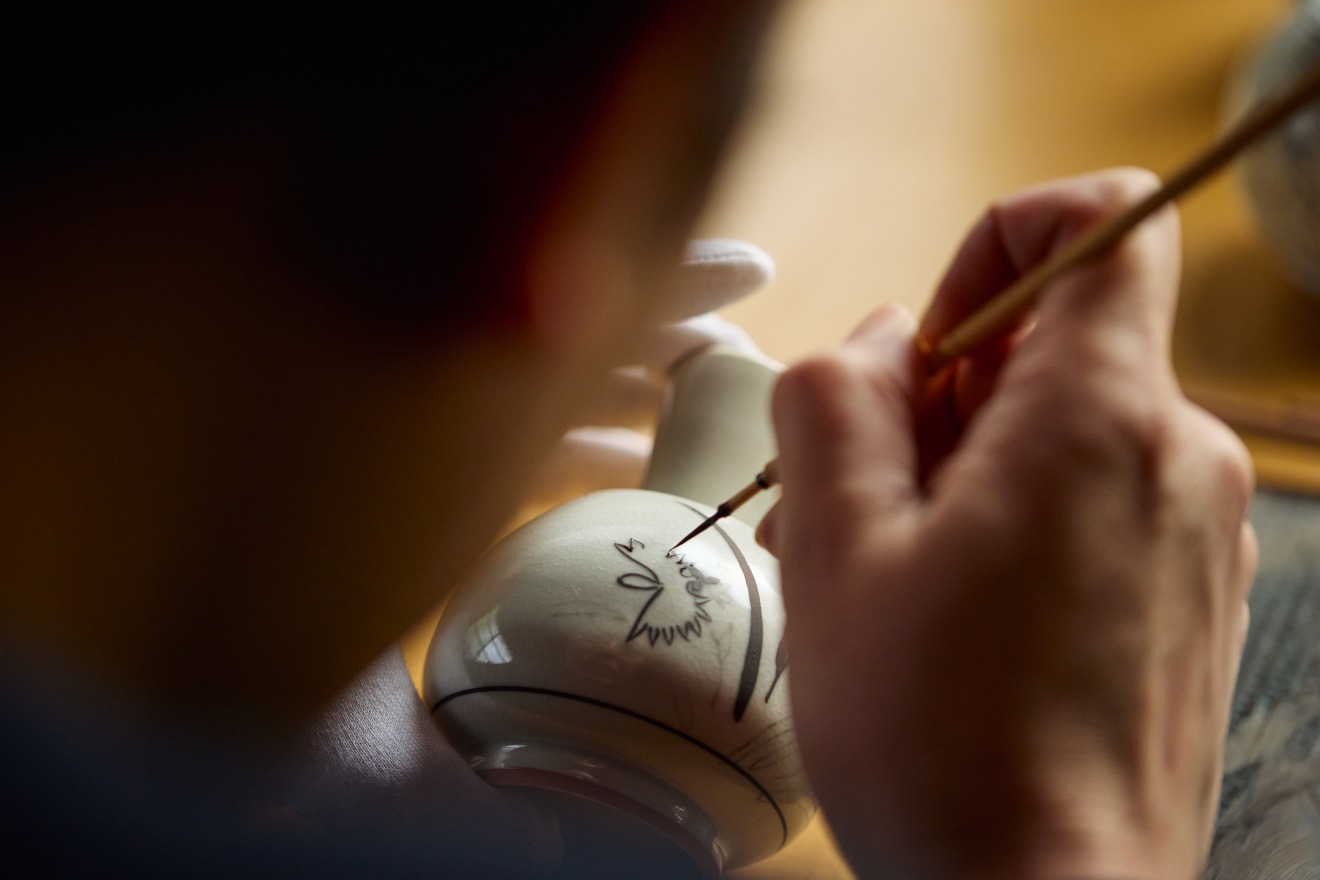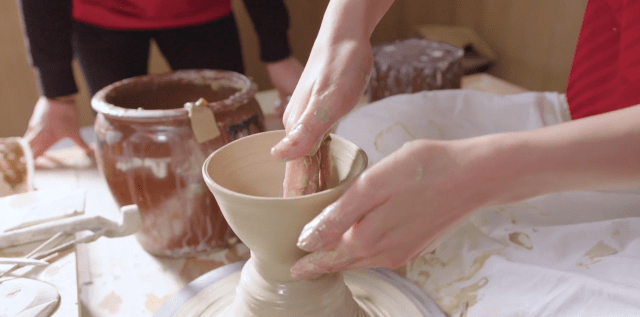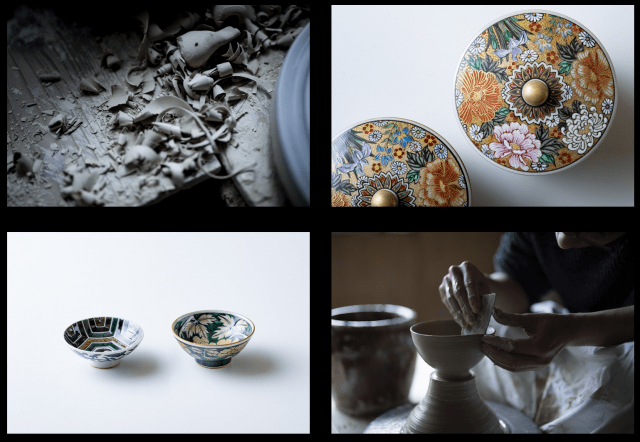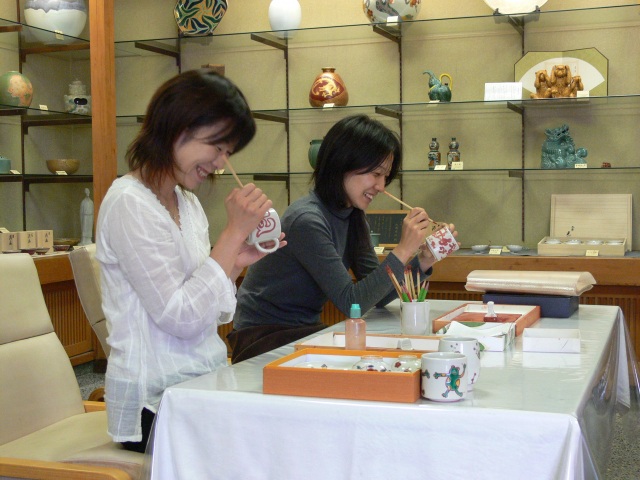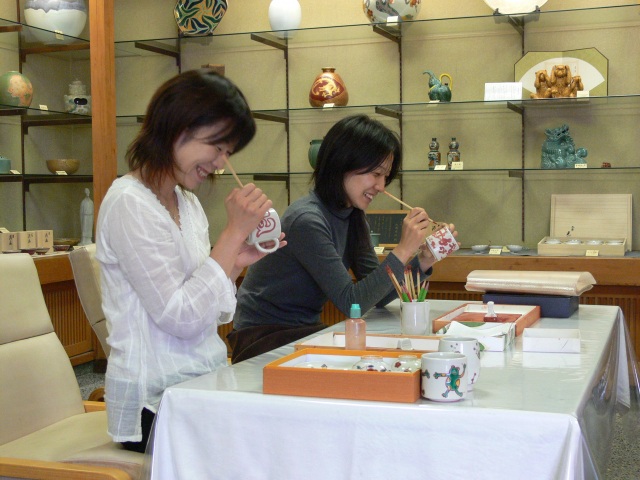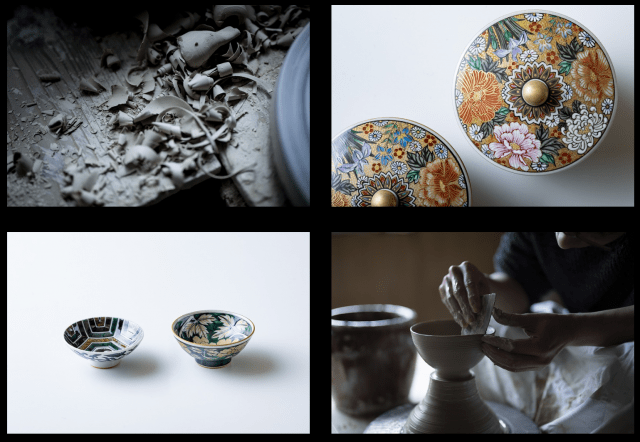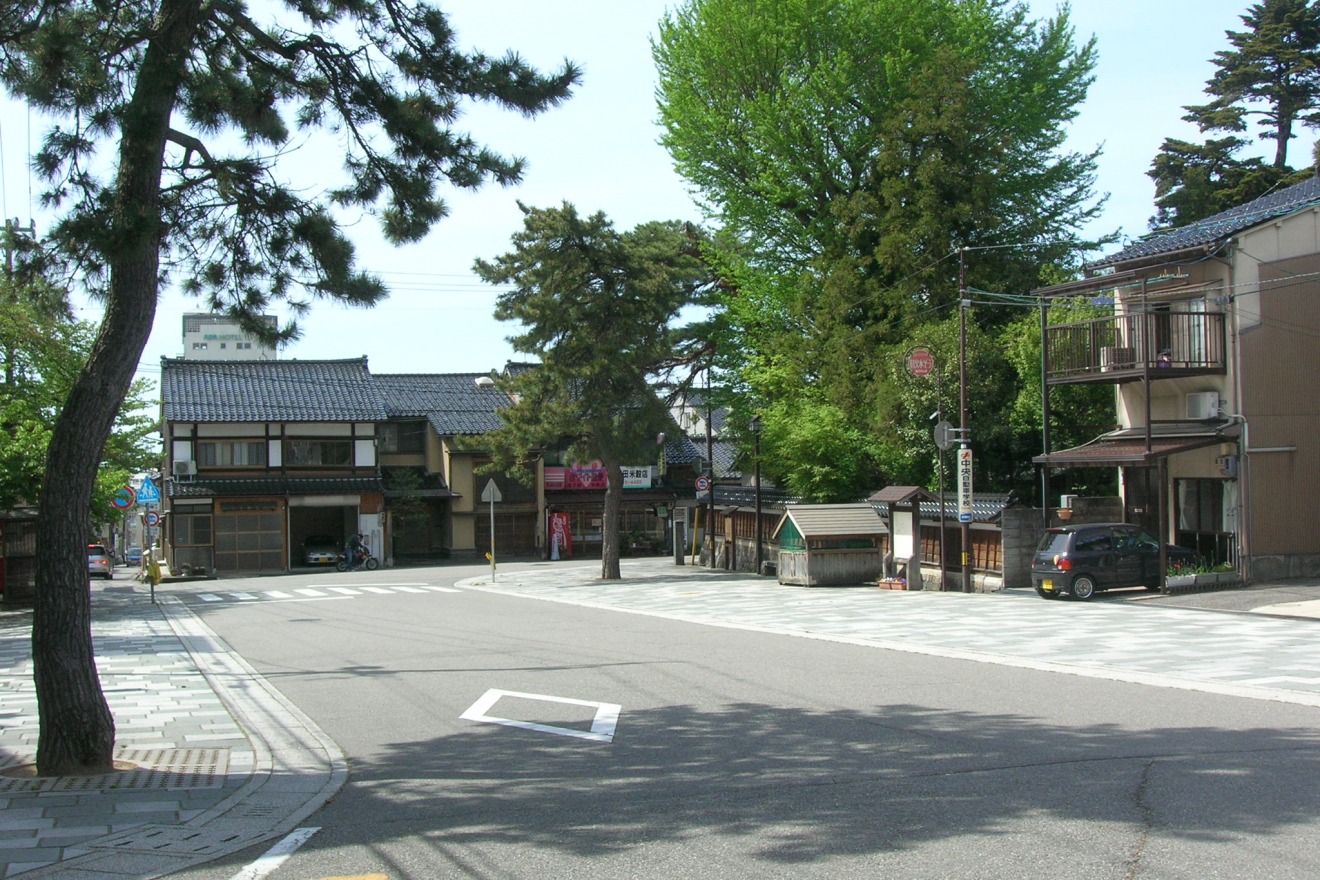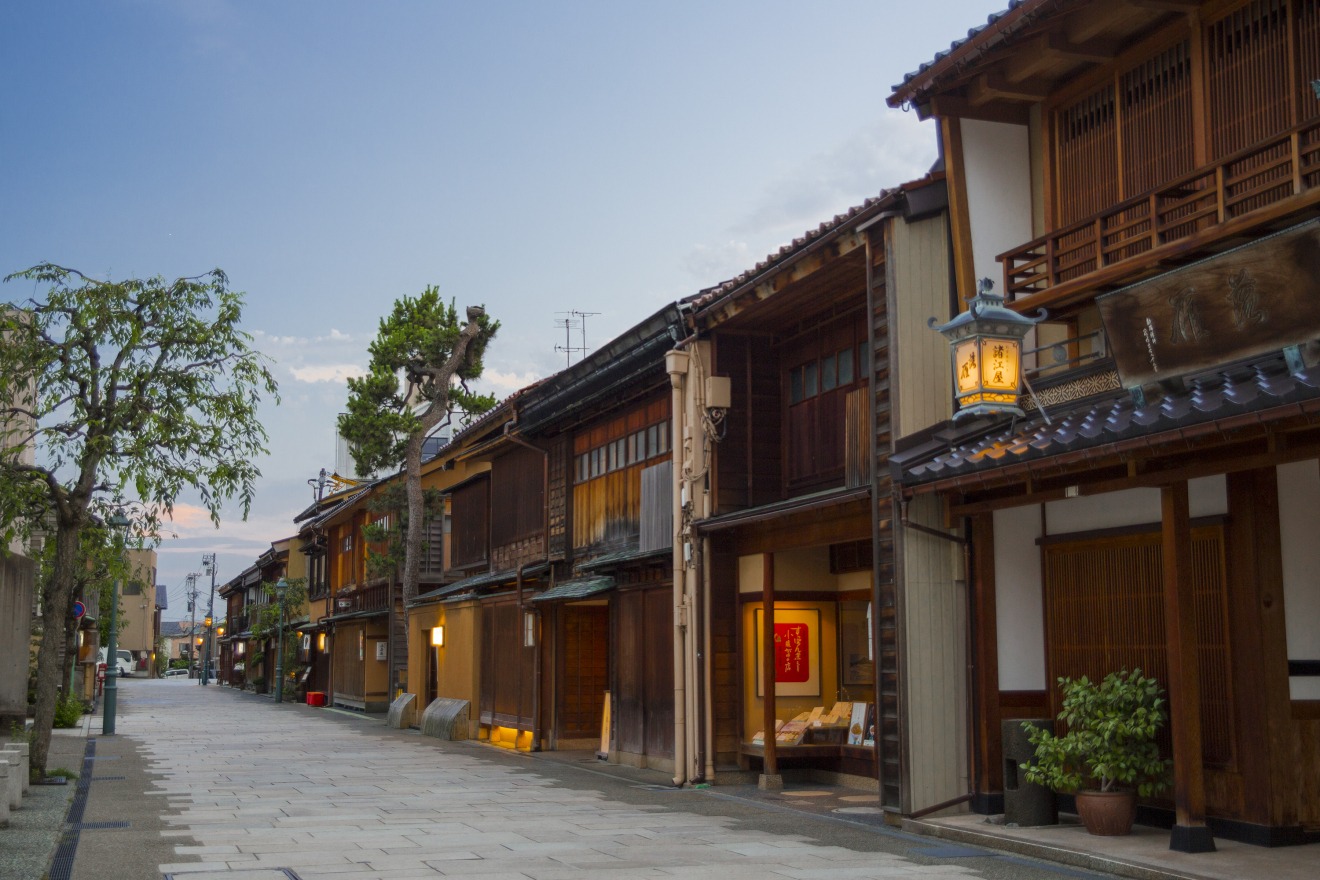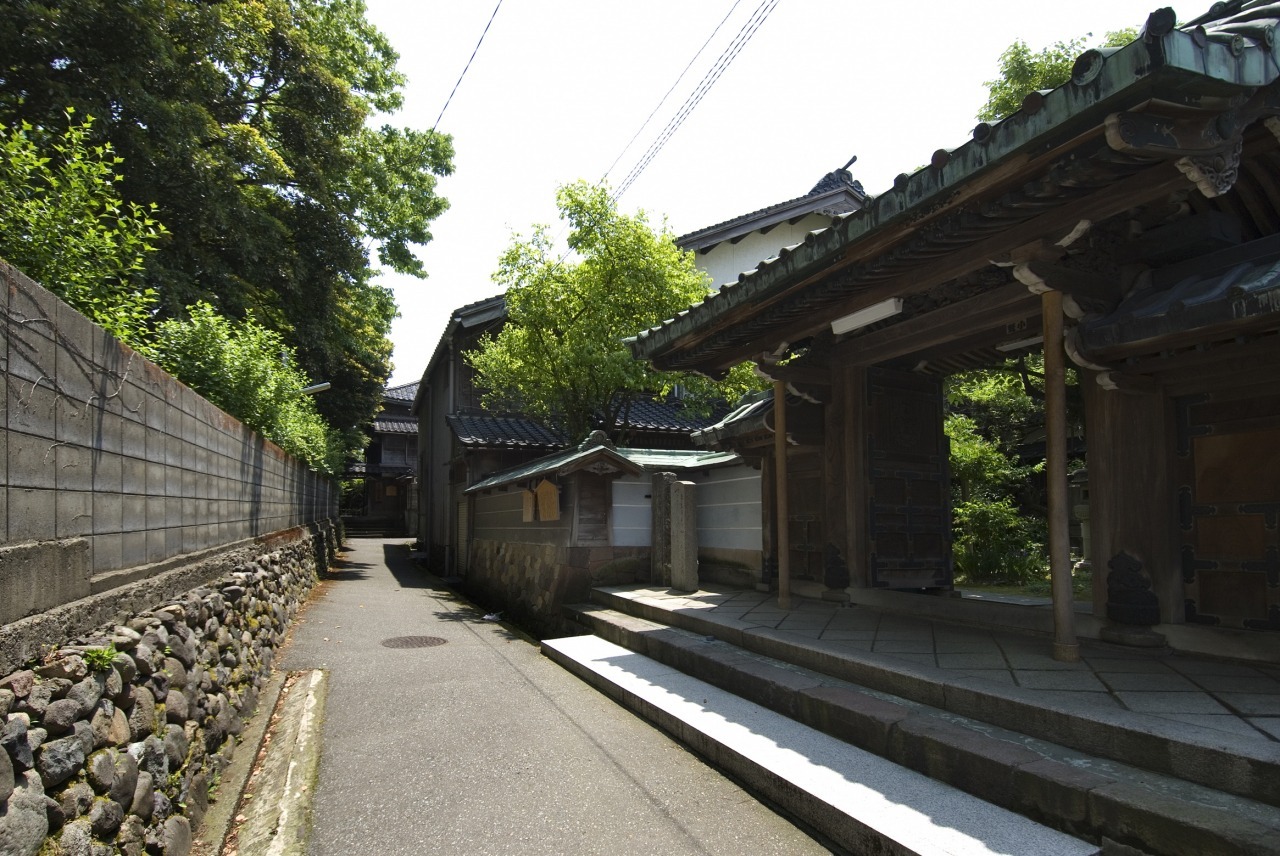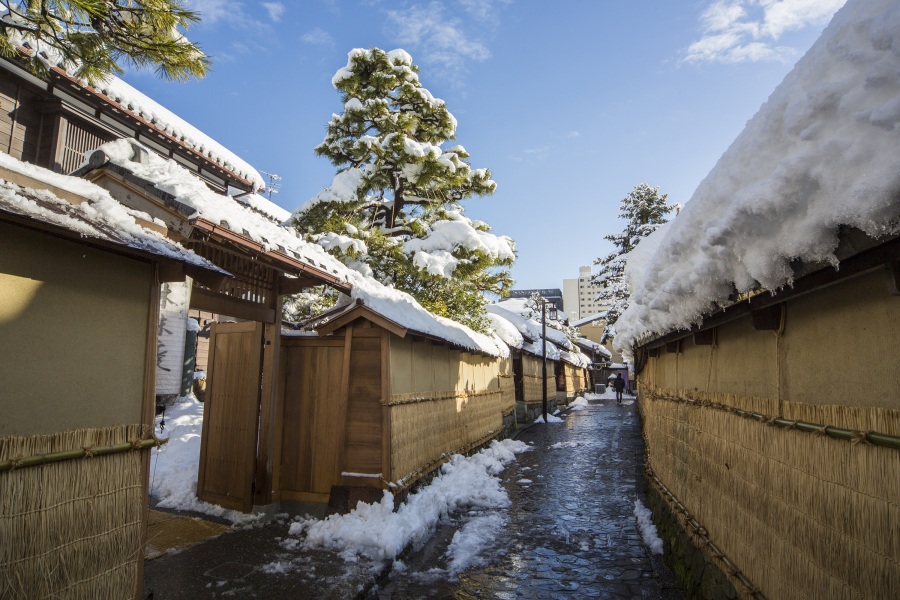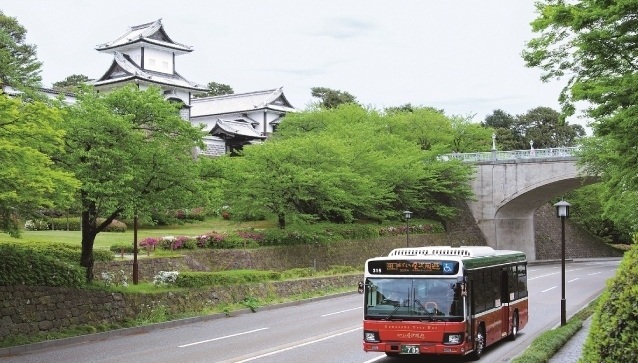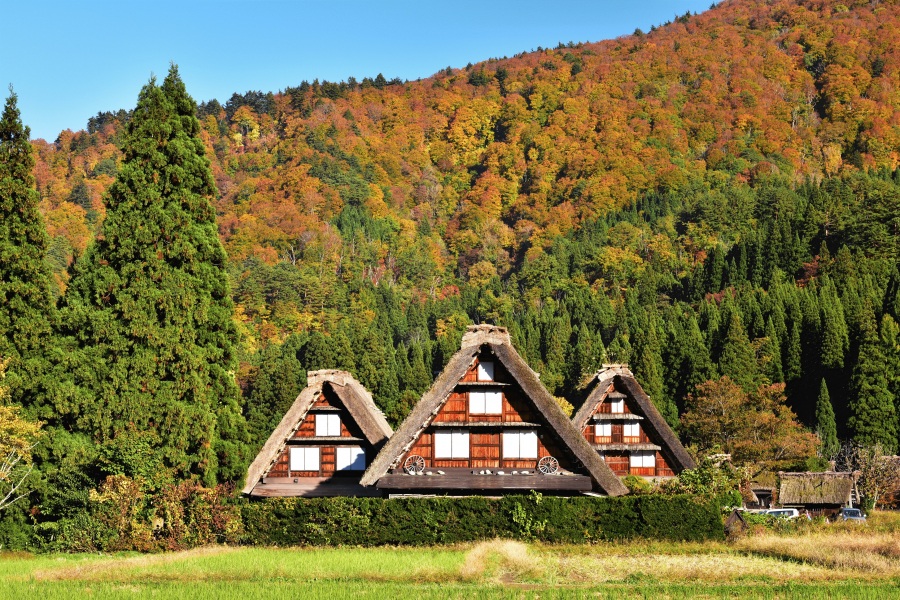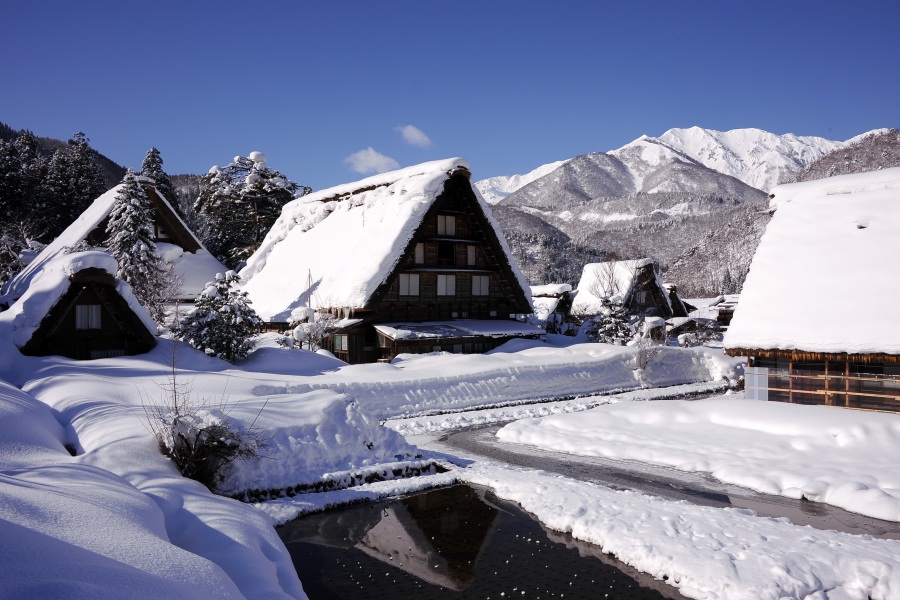Kutani ware artisan, Koichiro TOSHIOKA, KANAZAWA EXPERT #5
KANAZAWA EXPERT” is a program that introduces artists, craftsmen, and other professionals in Kanazawa, a city with a long history of culture, who share their traditional skills and Kanazawa's history and culture with visitors. We will ask these people, who are also guides with a thorough knowledge of Kanazawa, about experiences that can only be had here and ways to enjoy Kanazawa.
This time, we interviewed Mr. Koichiro TOSHIOKA, the fifth generation owner of “Kutani Kosen Kiln,” a traditional Kutani pottery kiln with a workshop in the center of Kanazawa City and a history of over 150 years.
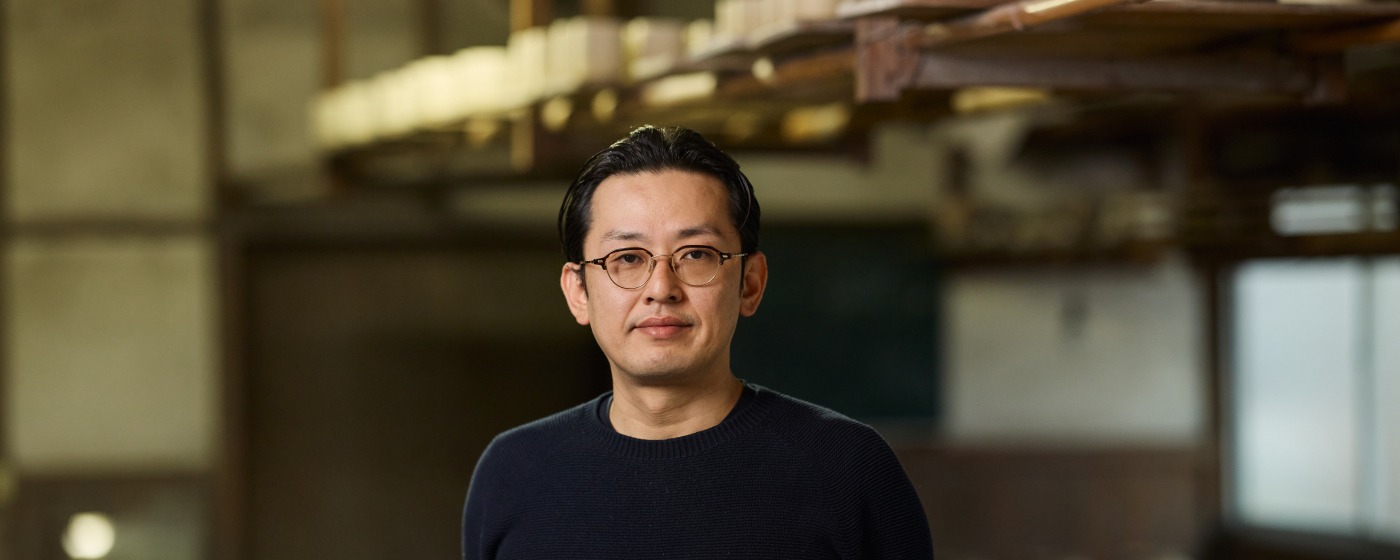
Kutani ware's appeal lies in the gorgeous painting on three-dimensional objects.
First of all, please tell us about the characteristics and appeal of Kutani ware, a traditional craft.
Kutani ware is a type of colored porcelain produced in Ishikawa Prefecture south of Kanazawa. The appeal of Kutani ware lies in the gorgeous painting in five colors (green, yellow, red, purple, and navy blue) called “Gosai,” and I think it is interesting that the three-dimensional effect is emphasized and a world view is created by painting on three-dimensional objects, such as vessels, sake cups, and flower vases. In Kutani ware production areas, the molding, firing, painting, and sales of Kutani ware are usually carried out under the division of labor, but Kutani Kosen Kiln is unique in that it carries out the entire process from molding using a potter's wheel to overglaze painting and even sales, and it listens to the voices of customers who visit its kiln to create products.
How did you come to take over the family business?
For me, the family business was not something special, but rather a part of my daily life. For example, it was natural for me as a child to watch a potter working on his wheel and to touch the clay. After graduating from high school, I went to a university in the Metropolitan area, but I started to study ceramics after my father passed away suddenly when I was a freshman. Upon graduating from college, I made a U-turn and began helping out in the family business, and in 2006 I became the representative.
For the first 10 years, I worked with the craftsmen and learned management at the same time. I have always loved making things, so I enjoyed creating artworks, but it was also a difficult 10 years. Recently, more and more young people are aspiring to become craftsmen, and I have hope for this profession. I think that traditional crafts is a wonderful job where one faces the creation of artwork with the single-minded desire to “make something beautiful,” and it is a job that can last a lifetime, no matter how much the times change.
Telling Stories Through Experience
You offer studio tours, painting and rokuro (potter's wheel) experiences. Please tell us about the key points of the experiences available at Kutani Kosen Kiln.
We started offering the experience when we received a request from a customer who wanted to try the painting experience. At first, we called the experience “sign-thing” because we were offering the experience of putting a signature on a vessel. Gradually, we established a system for accepting hands-on experiences, and it became the style we have today.
The point of the Kutani Kosen Kiln experience is that visitors can experience the same process as the real thing, using real materials. In the painting experience, visitors draw lines for the design on a white vessel called “base,” and then a professional craftsman paints over the lines with traditional Kutani ware Japanese paints according to the desired color. The professional skills of a professional can complete an authentic work of art. Craftspeople will also be on hand to assist you with the rokuro(pottery wheeling) experience, so if you have a shape you would like to try, we encourage you to give it a try.
The hands-on experience is a gateway for visitors to learn about the stories and history behind traditional crafts. We hope that by actually touching the clay and trying painting, you will be able to appreciate once again the skill of the artisans and the excellence of their work.
A city where you can feel the breath of the people who live there
What are the attractions of Kanazawa and what spots do you recommend?
There are many old streets in Kanazawa, so I recommend taking a stroll along small paths and old streets while admiring the cityscape. It has a different charm from artificially created towns, and you can feel the history and the breath of the people who live there, so you will never get tired of walking around.
What does Kanazawa mean to you?
It is a city where crafts are concentrated. I don't think there is any other place in the world where so many crafts are concentrated in such a small area. It is convenient to visit various craft spots, not only Kutani ware, and since the National Museum of Arts and Crafts moved to the new location, I feel that the image of Kanazawa as a town of crafts has become even stronger.
Mr. Koichiro TOSHIOKA, Kutani Kosen Kiln
Mr. TOSHIOKA was born in 1980 as the fifth generation of the “Kutani Kosen Kiln,” which was established in 1897. After graduating from Tsukuba University, he made a U-turn and entered the family business. In 2006, he became the representative of the company, and has been a part-time lecturer at the Kanazawa University College of Science and Engineering since 2018. In 2018, he was involved in the “Kutani Goldfish Appraisal” at the “Art Aquarium Exhibition” held at the 21st Century Museum of Contemporary Art, Kanazawa, and also launched “IKI project” while a member of the Junior Chamber Kanazawa. He also launched the “IKI project” while a member of the Kanazawa Junior Chamber of Commerce.
